Château Smith Haut Lafitte #14
Walking through the estate of Château Smith Haut Lafitte
Château Smith Haut Lafitte is the authentic place with 6 centuries and a half of history. The current owners of the Château, Daniel and Florence Cathiard, devoted over 30 years to their passion – making wine in this marvellous estate located south of the city of Bordeaux.
The Château is surrounded by 78 hectares of a single block planted with the 7 red and white grape varieties that will be blended to create Château Smith Haut Lafitte wines.
Château Smith Haut Lafitte owes its reputation as “le plus Graves des Graves” (the Crus Classés) to its characteristic smoky notes and its gravelly rises (la fitte and la fite mean “hill” or “rise”) of river stones and semi-precious stones deposited by the Garonne millions of years ago.
Dating from the Günzian (or Nebraskan glacial) period, the soil at Château Smith Haut Lafitte has two unique features. First this superb natural drainage forces the vine roots to dig more than six meters into the soil to seek nutrients. Second, the “mirror effect” of the topsoil of pebbles that reflects the sun’s rays helps the grapes to ripen beautifully.
What approach does Château Smith Haut Lafitte implement to produce its wine?
At Château Smith Haut Lafitte, traditional viticulture techniques are implemented, such as earthing-up the vines or horse-ploughing the fragile white wine plots. There are already 8 horses for the vineyard in the Château’s stable. The use of chemical products is totally prohibited, and organic methods are favoured to fight the various dangers that threaten the vine.
Organic methods
For instance, the Château’s team induces “mating confusion” in the grape moths through pheromone cocktails, uses typhlodromus mites to prey on the red spider mites, and prevents grey rot through the bacillus subtilis, which naturally prevents the development of botrytis.
The vine-growing cycle is enhanced with organic compost made of wine shoots left over from pruning, grape pomace, and manure from cows and horses. This natural fertilization process improves the quality of the soil and protects its vitality. A hedge plantation programme (more than 500 meters a year) and the installation of several beehives serve to strengthen the faunal diversity of the vineyard.
Château Smith Haut Lafitte constantly uses new technologies, such as tests with drones and the satellite imagery, to better monitor the vine growing cycle and the ripening of the grapes all year long. An even sharper tool is the on-board NDVI (Normalized Difference Vegetative Index) that is use on its entire vineyard.
What wine does Château Smith Haut Lafitte produce?
The production of the estate compiles around 120,000 bottles of red (67 ha) and 30,000 bottles of white wines (11 ha). The mastery of great wine creation comes from the perfect alliance between the vine and its terroir. The team uses knowledge received from the in-depth study of the Château’s vineyard to adapt the vine culture to the characteristics of the soil within each of the vineyard’s plots. This allows them to pair each variety and what vine growing techniques with the best-suited type of soil.
At Château Smith Haut Lafitte, the grapes are harvested manually and carried in small specially designed 7 to 9 kilos crates. The grapes thus go directly from the picker’s hand to the vat room’s sorting table, unbruised and in perfect condition.
Apart from the Crus Classés wines, Château Smith Haut Lafitte produces its own young vines thanks to its nursery and its own rootstocks from its mother vine planted on the La Lande island: a protected and closed environment on the Garonne, ten minutes away from the chateau.
Grand Cru Classé Château Smith Haut Lafitte as well as the wine Le Petit Haut Lafitte got certified their authenticity due to the Prooftag Bubble Tag® technology. A QR Code on a bottle allows consumers to check the Bubble Tag™ and find in addition very interesting technical information to improve their tasting experience (vintage and wine making characteristics, tasting notes, etc).
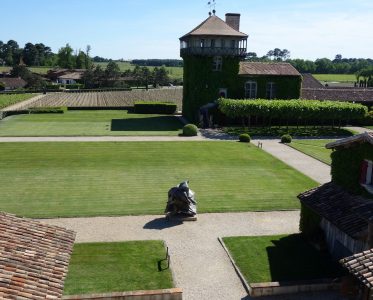
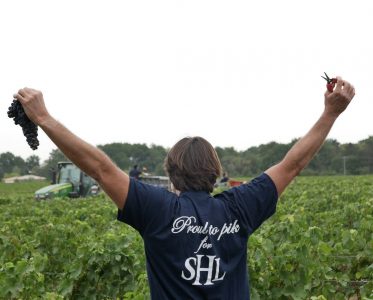
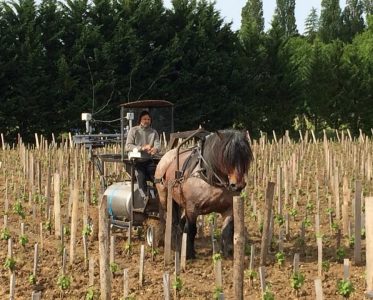
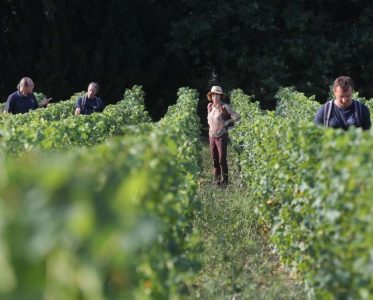
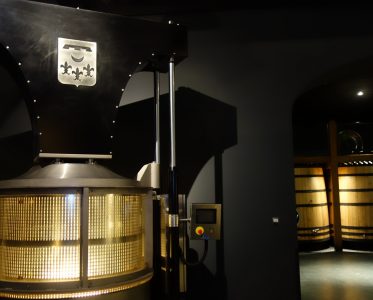
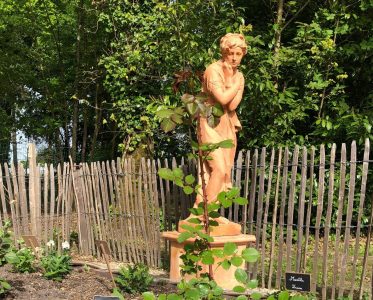
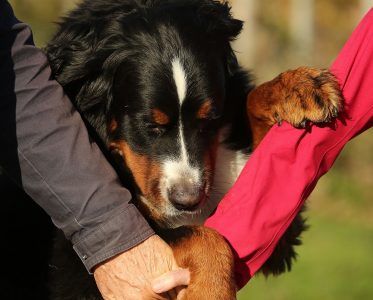
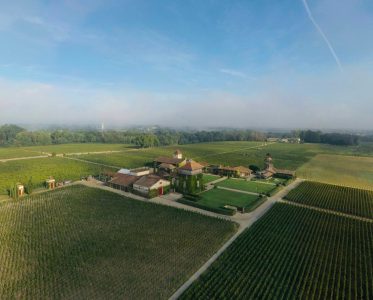
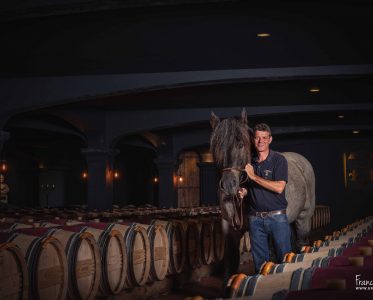
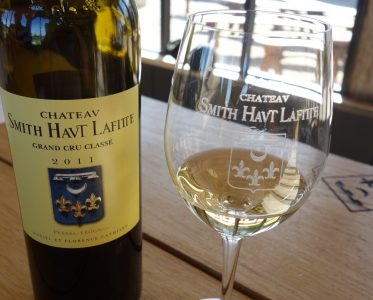
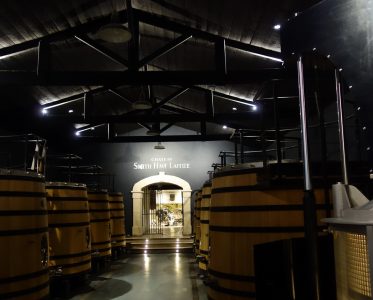
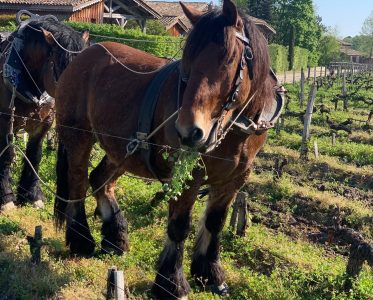
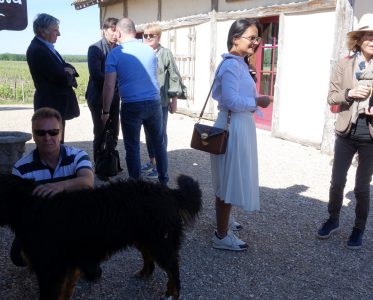
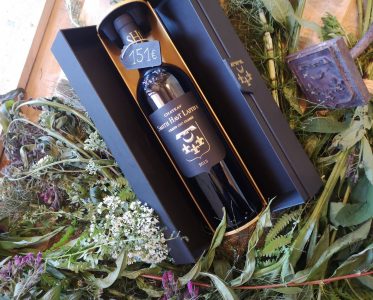
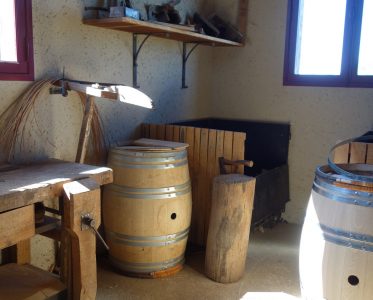
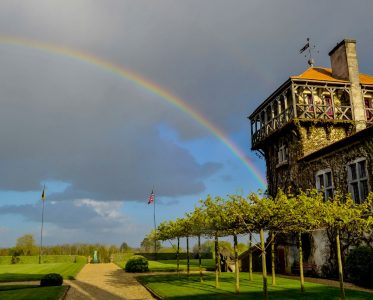
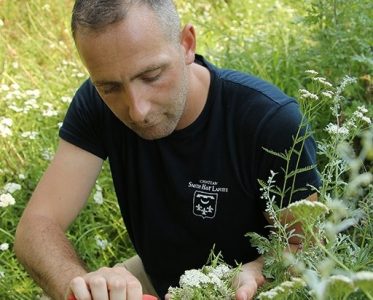
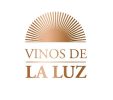




Reviews
A guided tour of Château Smith Haut Lafitte was a perfect moment today. A fascinating guide and we had the pleasure of meeting Mr. Cathiard who accompanied us. This visit took place during the harvest period, we attended the manual sorting of the grapes before putting them into the vat. And also the manufacture of barrels. All this know-how makes it possible to develop a Grand Cru.
Stunningly beautiful property with equally superb wines. I do recommend stopping into the beautiful bar to have a glass or to share a bottle of a wide variety of wines available. There are also rooms available to extend your stay, and a couple different restaurants to dine at.
A vineyard rich in history with a gorgeous landscape of vines, a 2 Michelin star restaurant, a spa hotel and home where global cosmetics brand Caudalie started. A must see wine tour in Bordeaux.